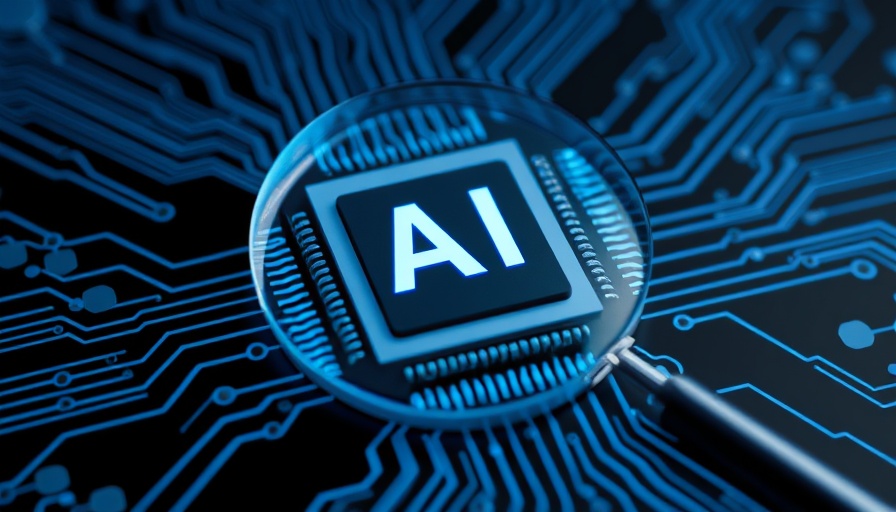
AI Costs Have Dropped: A Game Changer for Marketers
In a remarkable turn of events, the costs associated with advanced AI tools have plummeted by 280 times over the past 18 months. This significant reduction means that what was once reserved for only the largest corporations is now within reach for businesses of all sizes, fundamentally shifting the marketing landscape. The price of using models like GPT-3.5, for instance, has fallen sharply from $20.00 to just $0.07 per million tokens, according to a report by Stanford HAI. These changes are an indicator of a broader trend towards accessibility in technology, where the focus is less on who can access these tools and more on how they can be leveraged effectively.
The Rising Accessibility of AI Tools for Everyone
As the barrier to entry lowers, AI tools that enhance content creation, analysis, and management have become increasingly affordable. Smaller models are now demonstrating performance levels that were once only achievable by their larger counterparts, indicating a closing gap in the quality of AI output. This shift not only democratizes access to powerful marketing resources but also impacts the ROI for businesses looking to implement these technologies.
Real-World Applications of Affordable AI
The implications for marketers are substantial. The reduced costs enable businesses to:
- Advanced Content Creation at Scale: Bulk content creation and optimization has become financially viable, resulting in significant time and cost savings without compromising quality.
- Enhanced Competitive Analysis: New AI models allow for the processing of large volumes of data—up to 1-2 million tokens at once—facilitating comprehensive insights into market conditions and competitive strategies.
- Smart Knowledge Management: Retrieval-augmented generation (RAG) techniques are evolving, allowing marketers to harness their brand's unique voice by using AI to pull tailored information from company data.
How Businesses Can Leverage AI Effectively?
As AI technology becomes widely accessible, organizations must evolve their approaches to use these tools effectively. Success will likely stem from innovation in strategy and savvy execution rather than reliance on the sheer power of technology. Developing a clear plan for how to integrate AI into existing marketing frameworks, fostering a culture of experimentation, and continually analyzing performance outcomes will be critical for businesses aiming to maximize the value derived from AI.
What This Means for the Future of Marketing
The future of marketing is being reshaped by these technological disruptions. As AI tools become central to marketing strategies, the difference between competitors may lie in their ability to create unique value propositions supported by insights derived from innovative AI applications. This evolution encourages marketers to rethink every aspect of their strategy to stay competitive in an increasingly tech-driven marketplace. Businesses that embrace these emerging technologies can position themselves to thrive as the landscape continues to shift.
It's essential to stay informed about tech industry news and recognize the importance of emerging technologies in shaping the future of marketing. To gain an edge, marketers should consider investing time in understanding new tools and technologies that will revolutionize how they reach consumers.
 Add Row
Add Row  Add
Add 




Write A Comment